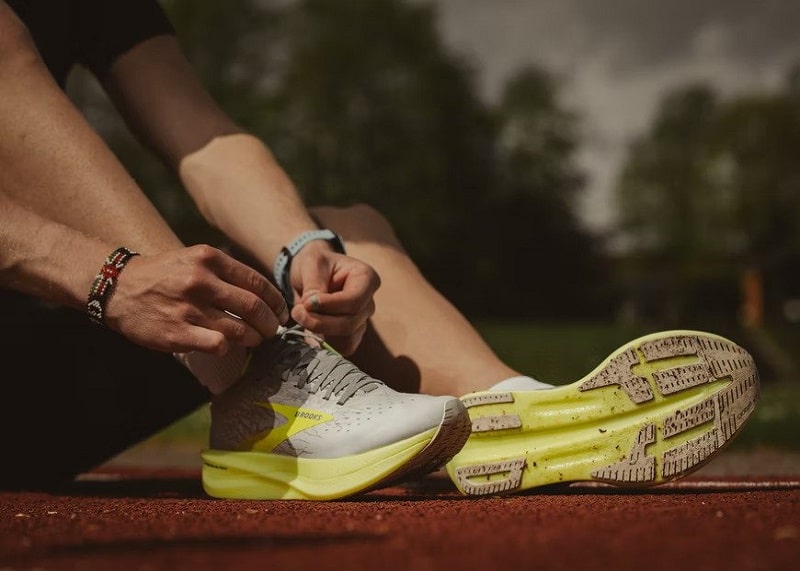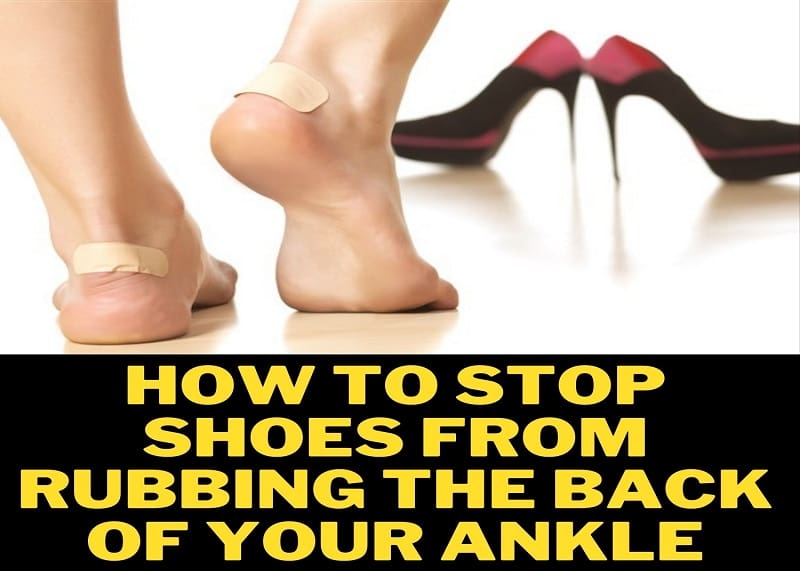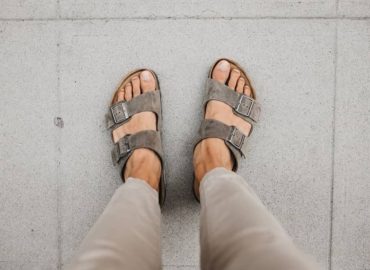Today’s Topic Is How Many Miles Do Running Shoes Last? Your running shoe mileage & this other point of wear will help you understand when it’s time to replace running shoes. Who does not love the point you open up a new pair of running shoes & see clean, new kicks covered in Tissue-Paper & brimming with possibility? A fresh pair of new running shoes can motivate you to set new plans, crush your old PR, or boost your mileage.
But the originality wears off over time & ultimately, you will require to replace them. Running shoe mileage is one mode to determine How Many Miles Do Running Shoes Last. But there are other aspects to consider when deciding when to replace running shoes.
Table of Contents
You Might Also Like ⇒
- Best Running Shoes For Bad Knees
- Best Marathon Shoes For Men
- Best Marathon Shoes For Women
- Best Running Shoes For Back Pain
- Best Running Shoes For Beginners
- Best Running Shoes For Narrow Feet
- Best Running Shoes For Shin Splints
- Best Running Shoes For Wide Feet
- Best High Top Running Shoes
- Best Trail Running Shoes For Women
- Best Trail Running Shoes For Men
- Best Running Shoes For Treadmill
- Best Mud Running Shoes
- Best Running Shoes For Kids
How Many Miles Do Running Shoes Last Of 2022?
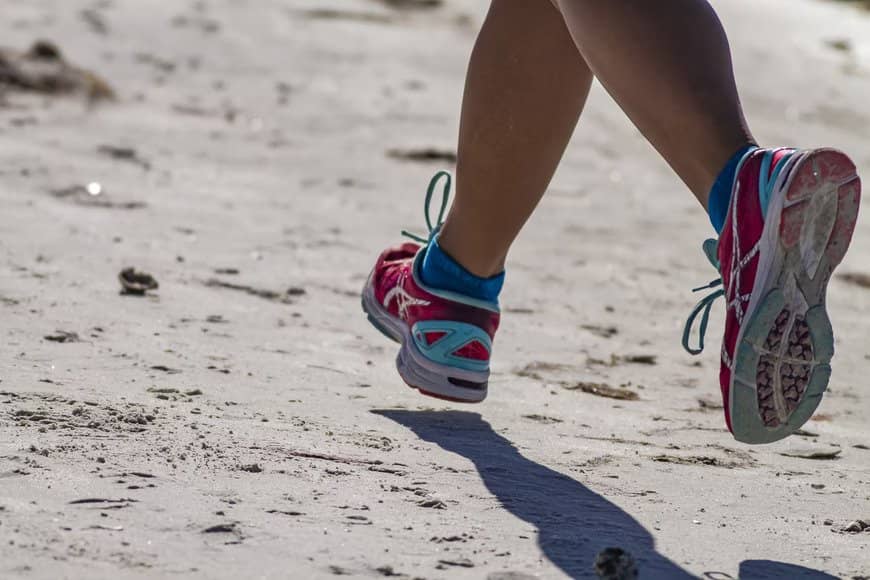
There is no Set-Rule when it comes to replacing running shoes. An October 2011 study of 18 years worth of analysis published in Footwear Science points out that high-quality running shoes can last for more than running 600 miles.
But specialists generally suggest that you get miles on running shoes every 300-To-500 miles. That’s a pretty Big-Range. What’s more, training volume differs substantially from one runner to the next, & you probably do not put a pedometer on your new running shoes. So, how do you understand when it’s time to go purchasing again?
Here’s a known guide to provide you with an idea of How Many Miles Do Running Shoes Last may last based on various training volumes.
Casual Runner
- Weekly Mileage: Up to 10 miles
- Replace Shoes: Every 7.5 to 12.5 months
Training For A 5K or 10K
- Weekly Mileage: Up to 15 miles
- Replace Shoes: Every 5 to 8 months
Training For A Half-Marathon
- Weekly Mileage: 20+ miles
- Replace Shoes: Every 4 to 6 months
Training For A Marathon
- Weekly Mileage: 40+ miles
- Replace Shoes: Every 2 to 3 months
Additional Factors To Consider Miles On Running Shoes
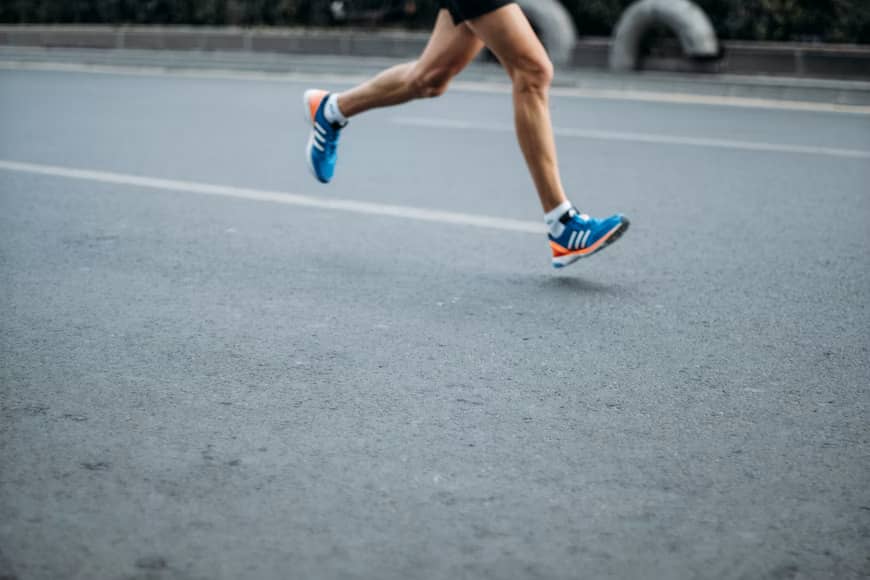
Keep in mind, however, that this is a very public guide. Several elements impact How Many Miles Do Running Shoes Last, including your Body-Size & the layout of your shoes. Heavier runners and/or rely on strength & cushioning elements to keep their feet healthy will use down their new running shoes faster than those who are lighter and/or require Less Stability & Support. Minimalist shoes or Racing-Flats that have less support, to begin with, are possible to wear down faster.
Terrain & climate can also play a role in your replacement running shoe plan. For example, Hard-Surfaces like pavement & concrete do more harm to your shoes over time than more delicate surfaces like a Track or off-Road trail. And if you run in Extreme-Temperatures, either very hot or very cold, your new running shoes are likely to degrade faster.
Look For These Signs of Wear Running Shoe Mileage
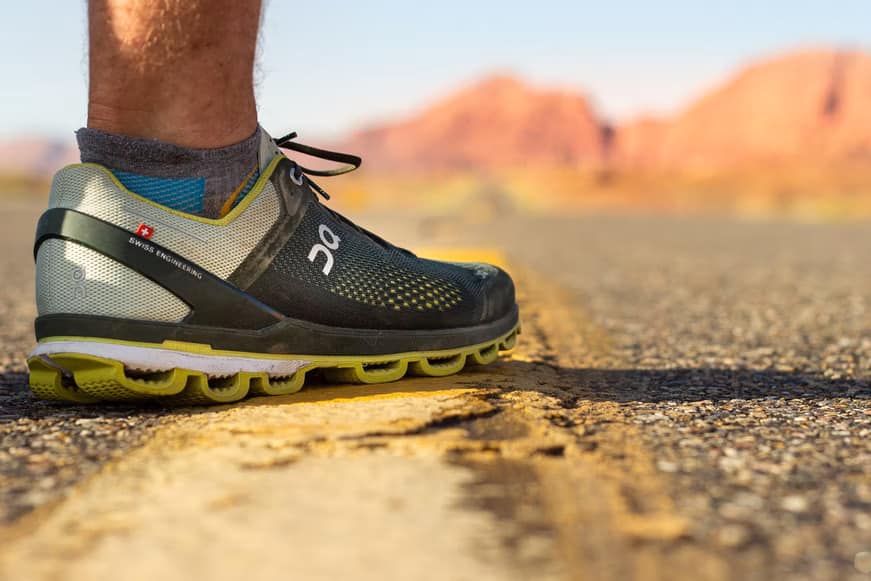
1. No More Bounce
New running shoes support your rebound after Every-Step. This vibrant feel usually arrives from EVA-Foam cushioning that allows you to go the Extra-Mile even when your body tells it’s Time-To-Stop. The energy recovery, often felt through the Mid-Sole, helps to push your foot forward with Less-Effort.
But that advantage fades as the running shoes wear down. So if you start to see that your shoes Feel-Hard or Flat & your Gait-Seems heavier, it may be time to replace running shoes.
2. Injuries or Aches
The same Cushioning & Shock-Absorption that delivers a bounce effect also defends your joints from impact. When that easing starts to sport down, you may begin to touch it during a run.
Are your Feet-Starting to damage after just a few miles? Do you notice soreness in your Hips or Knee Pain during or after your run? These Aches & Pains can occur for various reasons, but a tattered pair of running shoes is often the reason.
Also, stability components wear down over time, too. So, if you rely on Arch-Support or a stable Heel-Cup for correct foot alignment, you may catch your pace begin to change as your shoes sport down. For example, you might start to overpronate or move your ankles as you run. Your running pose may change as well, leading to an inflated risk of Aches, Pains, & Injury.
3. Uneven or Worn Soles
One of the most comfortable ways to see if your shoes require replacing is to glimpse at the wear mark on the sole. Flip your shoes over & study the bottom. You may notice extreme wear on the tread in Certain-Areas.
For instance, Heel-Strikers will see that the back of the shoe is Worn-Down. Those who overpronate may see additionally wear on the inside of the Heel-Area.
And if you place your running shoes on a Flat Surface, you might also notice that the shoes are not lengthy Sit-Upright but rather sink to one side because of uneven use on the soles. Again, these are key arrows that you replace running shoes.
4. Scruffy Uppers
Explore the outside of your running shoes & look for Tears, Scrapes, Holes & other damage. The upper not only protect your feet from debris & Harsh-Weather, but it also supports holding your foot in place. When it’s worn down, your paws become more helpless to damage.
How Long Do Running Shoes Last?
Frequently Asked Questions
Q. How Often Should You Replace Running Shoes?
You should generally replace running shoes every 300–500 miles. That’s because it’s around this topic that the Mid-Sole cushioning on most running shoes will Lose-Resiliency & Stop Absorbing-Shock as well as when more recent, which can generate more effect on your muscles & joints.
Q. Do Insoles Extend The Life of Running Shoes?
Probably not. You can replace the insole with some of your searches at the Drugstore or Pharmacy, but they only address one problem. Insoles cannot fix Worn-Soles, Torn-Uppers, down Degraded Heel-Cups, or other problems.
Q. How Do I Know if My Running Shoes Are Worn Out?
- You have new Aches & Pains. If you notice that your ankles, Knees or Hips get achier after a run, it might be time to get a new pair of shoes.
- Your feet get Extra-Sore after a run.
- The treads are worn out.
- The Mid-Sole feels tough.
- You keep getting blisters or brush burns.
Why Trust Us?
We fully know how tough it is to search for trustworthy shoe advice, & that’s one of the chief reasons we built FootwearCorner. We live for outdoor & indoor adventure, also we take these reviews and guides very sincerely. Here are some of the logic you can trust:
- Our choices are fully independent & based on personal and market experience.
- We have logged over 10,000 trail miles & test outdoor equipment for a living.
- We own & field test every shoe product we suggest, which is dismally not the norm.
- We visit Industry-Trade shows to hear about future product innovations.
- We regularly update our reviews & guides when the latest products launch.
- We treat our certificates as if they were for our friends & family.
- We are Life-Long learners & we are always open to helpful criticism. We would love to hear your feedback if you consider we missed a product or got something incorrect.

